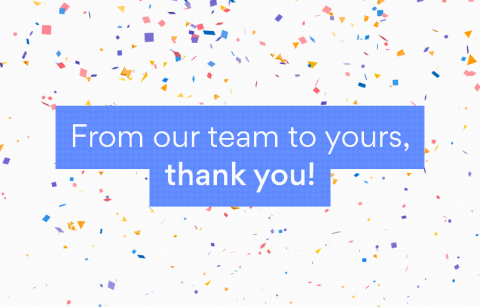Best technology for working remotely
The remote working trend largely started at the beginning of the year and looks like it is here to stay. The shift mandated by the government looked a little difficult, but technology eased the transition effortlessly. From business management to HR management, businesses can be managed with different tools catering to each department. Here is a list of six tools for you to rely on to run your business smoothly.










